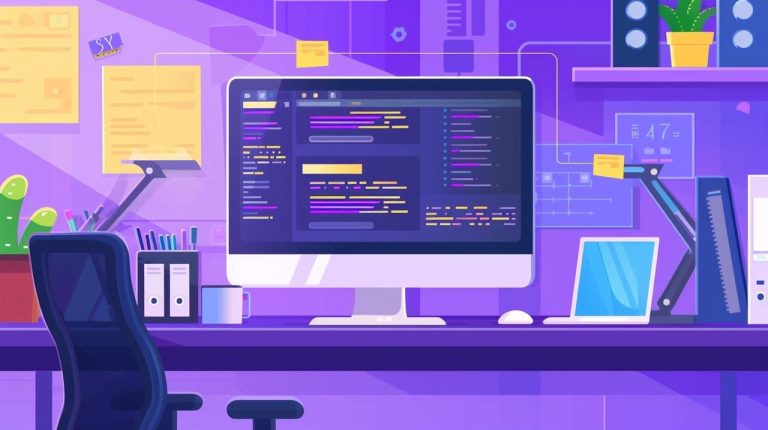In the fast-paced world of technology, choosing the right approach for your project is crucial. You might be wondering whether to embrace the capabilities of artificial intelligence (AI) or to stick with the well-established methods of traditional programming. This decision is pivotal and will shape the way you handle data, solve problems, and use computational power.
Artificial intelligence is known for its remarkable ability to learn from data and make decisions autonomously. Unlike traditional programming, which operates on a set of specific rules and logic, AI systems are dynamic. They sort through data, dividing it into training, validation, and test sets, and continuously improve their performance. These systems utilize complex algorithms, such as machine learning and reinforcement learning, to predict outcomes and make decisions that can seem almost human in their intuition.
One of the key strengths of AI is its ability to tackle large data sets and run sophisticated algorithms. This requires significant computational power, often provided by GPUs, which are essential for efficiently managing these tasks. AI excels in areas that are challenging for traditional programming, such as recognizing images and understanding spoken language.
AI Programming vs Traditional Coding
IBM take a closer look and compare artificial intelligence to traditional coding methods providing more insight into the differences between both.
Here are some other articles you may find of interest on the subject of coding with artificial intelligence :
On the other hand, traditional programming is valued for its predictability and stability. It’s the go-to method for tasks that require consistent and reliable outcomes. While it may not scale as effortlessly as AI, which grows and evolves with new data, traditional programming offers a level of determinism that AI can sometimes lack. This can be particularly important in situations where stability is more important than adaptability.
Control and transparency are other areas where traditional programming has an advantage. It allows developers to fully understand and trace the logic and flow of a program. AI systems, in contrast, can be somewhat mysterious. Their complex algorithms can make it difficult to discern the reasoning behind their decisions, which can be a concern for those who need clarity and accountability, as discussed in what rules AI systems should follow.
The way each approach handles data is also a distinguishing factor. Traditional programming requires data to be structured and can struggle with changes. AI, however, is adept at working with unstructured data, such as natural language, and can adjust to new information without the need for explicit reprogramming, as seen in the concept of AI of Things.
Despite the advancements in AI, traditional programming remains essential. It’s particularly important in applications where predictability and control are paramount. However, AI offers a flexible and dynamic approach that is well-suited for dealing with the abundance of data and complex problems that characterize our modern world, including managing your finances.
As you consider your options, think about the specific needs of your project. Are you looking for the adaptability and learning capabilities of AI, or do you prioritize the stability and clarity that traditional programming provides? The choice you make will not only impact your current work but will also play a role in shaping the future of technological development.
Filed Under: Technology News, Top News
Latest timeswonderful Deals
Disclosure: Some of our articles include affiliate links. If you buy something through one of these links, timeswonderful may earn an affiliate commission. Learn about our Disclosure Policy.

